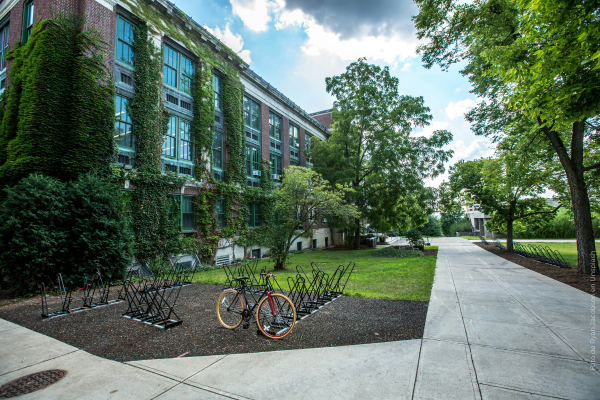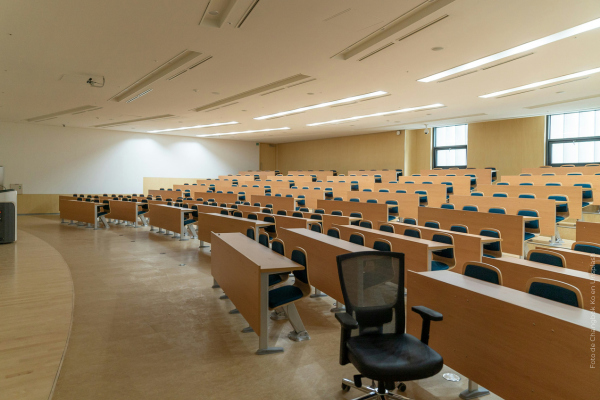Education
Small Classrooms, Big Impact: Layout Strategies for Real Collaboration

Small Classroom Layout Design That Feels Open and Focused
Designing a small classroom layout that feels open, efficient, and fosters collaboration is not just about squeezing in as many desks as possible — it’s about crafting a learning environment that amplifies focus, engagement, and flexibility.
Whether you're planning a traditional academic classroom, a corporate training space, or a hybrid-learning zone, layout is the invisible force behind productive learning. And in today’s world, where collaboration and adaptability are key, a static room with fixed rows just doesn’t make the grade.

1. Start with Purpose, Not Furniture
Before moving a single desk, ask: What is this room meant to do? Design your layout around purpose. If collaboration is the goal, prioritize circulation, eye contact, and shared access to tools—not just seating capacity.
2. Use Zones to Maximize Functionality
Even in small classrooms, zoning creates efficiency:
- Collaboration Zone: Movable pods of 3–5 desks promote teamwork.
- Focus Zone: A quiet corner for solo work or reading.
- Presentation Zone: Use mobile carts or rotating boards for presentations.
3. Prioritize Movement and Circulation
Leave 3-foot clear paths between desk clusters. Lightweight, mobile furniture helps maintain flow and flexibility, essential for group engagement.
4. Let Light and Walls Work for You
Maximize natural light with sheer shades. Use writable walls and display surfaces to promote interaction and creativity without cluttering space

5. Choose the Right Scale and Shape
Opt for modular, rounded-edge furniture that adapts to different setups. Avoid bulky items that dominate a small space.
6. Integrate Technology Thoughtfully
Support collaboration with charging stations, mobile AV displays, and tech zones that enhance both digital and analog learning experiences.
7. Smart Storage, Not Visual Clutter
Incorporate vertical and hidden storage options to keep supplies accessible but out of the way, maintaining an open visual field.
8. Teacher Presence Without Dominance
Move away from front-facing layouts. Equip teachers with mobile desks or stools to better integrate with student groups and foster engagement.
9. Revisit and Evolve
Classroom needs change. Schedule layout reviews and be open to rearrangement. Even small tweaks can make a big difference.

Final Thoughts
A collaborative small classroom layout is less about space and more about intention. When design prioritizes interaction, movement, and clarity, even the smallest rooms can inspire big learning outcomes.
Ready to build a classroom that inspires? Let’s talk. At AI Spaces, we create spaces where design teaches before the lesson begins.

.webp)

.webp)
.webp)